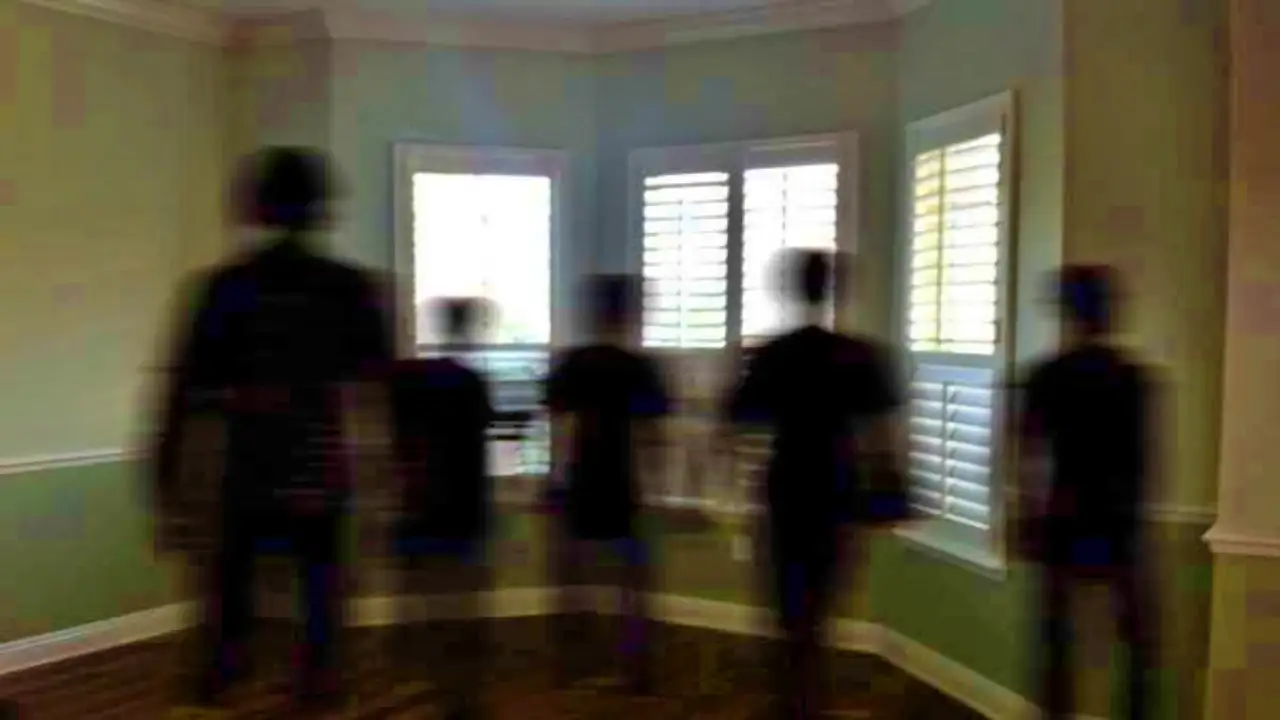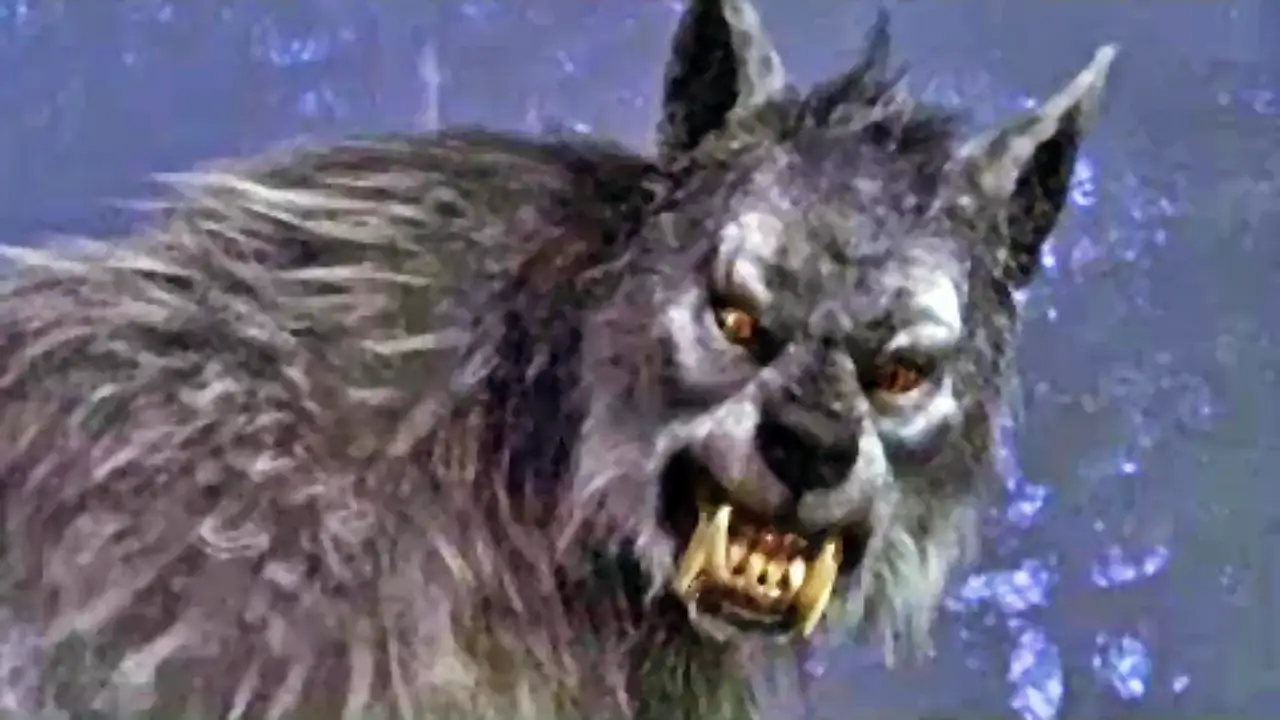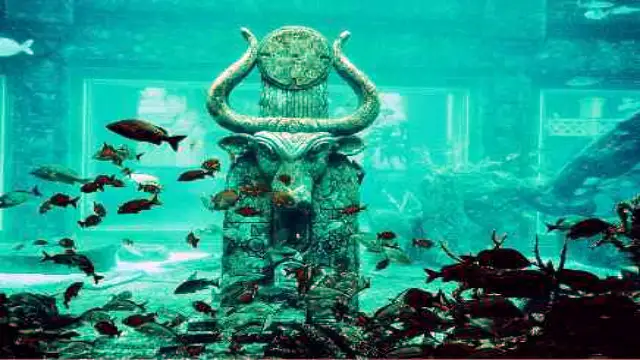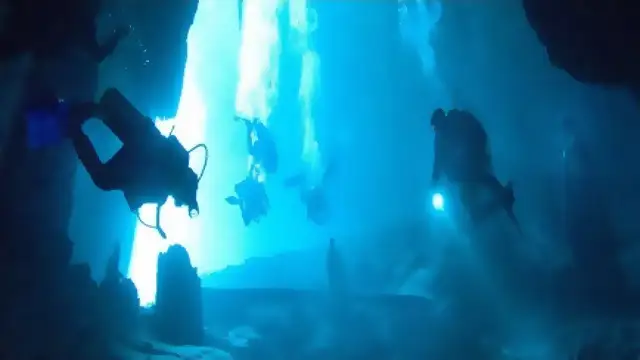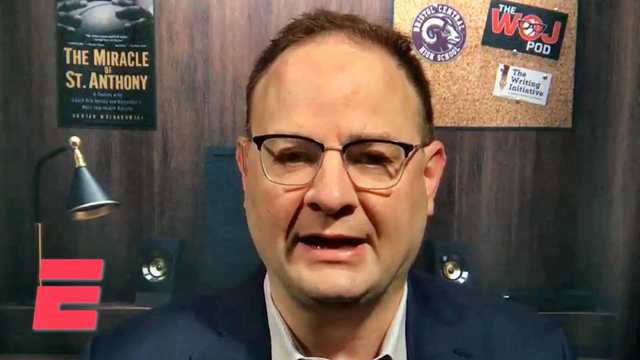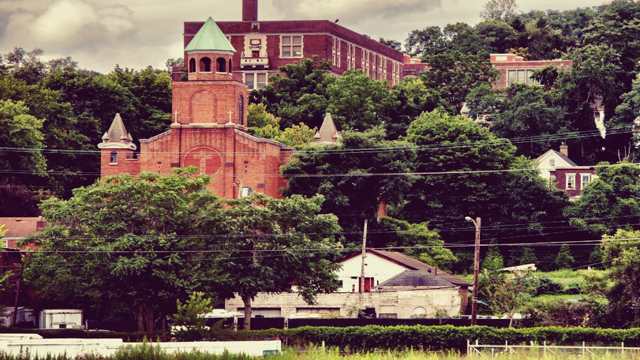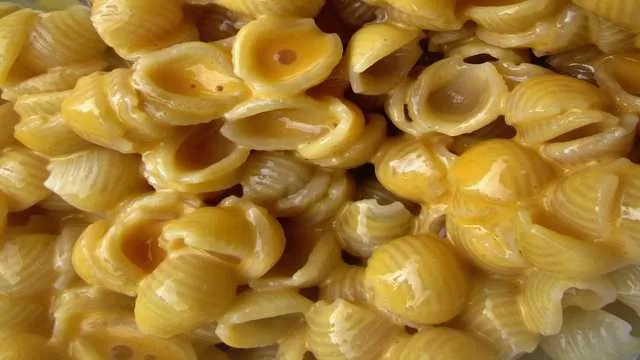- 320 BC – Theophrastus begins the systematic study of botany
- 1658 – Jan Swammerdam observes red blood cells under a microscope
- 1663 – Robert Hooke sees cells in cork using a microscope
- 1668 – Francesco Redi disproves theories of the spontaneous generation
of maggots in putrefying matter - 1676 – Anton van Leeuwenhoek observes protozoa and calls them
“animalcules - 1677 – Anton van Leeuwenhoek observes spermatozoa
- 1683 – Anton van Leeuwenhoek observes bacteria
- 1765 – Lazzaro Spallanzani disproves many theories of the spontaneous
generation of cellular life - 1771 – Joseph Priestley discovers that plants convert carbon dioxide
into oxygen - 1798 – Thomas Malthus discusses human population growth and food
production in An Essay on the Principle of Population - 1801 – Jean Lamarck begins the detailed study of invertebrate taxonomy
- 1809 – Jean Lamarck proposes an inheritance of acquired characteristics
theory of evolution - 1817 – Pierre-Joseph Pelletier and Joseph-Bienaime Caventou isolate
chlorophyll - 1828 – Karl von Baer discovers the eggs of mammals
- 1828 – Friedrich Woehler synthesizes urea; first synthesis of an
organic compound - 1836 – Theodor Schwann discovers pepsin in extracts from the stomach
lining; first isolation of an animal enzyme - 1837 – Theodor Schwann shows that heating air will prevent it from
causing putrefaction - 1838 – Matthias Schleiden discovers that all living plant tissue is
composed of cells - 1839 – Theodor Schwann discovers that all living animal tissue is
composed of cells - 1856 – Louis Pasteur states that microorganisms produce fermentation
- 1858 – Charles R. Darwin and Alfred Wallace independently propose
natural selection theories of evolution - 1858 – Rudolf Virchow proposes that cells can only arise from
pre-existing cells - 1862 – Louis Pasteur convincingly disproves the spontaneous generation
of cellular life - 1865 – Gregor Mendel presents his experiments on the crossbreeding of
pea plants and postulates dominant and recessive factors - 1865 – Friedrich August KekulŽ von Stradonitz realizes that benzene is
composed of carbon and hydrogen atoms in a hexagonal ring - 1869 – Friedrich Miescher discovers nucleic acids in the nuclei of
cells - 1874 – Jacobus van ‘t Hoff and Joseph-Achille Le Bel advance a
three-dimensional stereochemical representation of organic molecules
and propose a tetrahedral carbon atom - 1876 – Oskar Hertwig and Hermann Fol show that fertilized eggs possess
both male and female nuclei - 1884 – Emil Fischer begins his detailed analysis of the compositions
and structures of sugars - 1898 – Martinus Beijerinck uses filtering experiments to show that
tobacco mosaic disease is caused by something smaller than a bacteria
which he names a virus - 1906 – Mikhail Tsvett discovers the chromatography technique for
organic compound separation - 1907 – Ivan Pavlov demonstrates conditioned responses with salivating
dogs - 1907 – Emil Fischer artificially synthesizes peptide amino acid chains
and thereby shows that amino acids in proteins are connected by amino
group-acid group bonds - 1911 – Thomas Morgan proposes that Mendelian factors are arranged in a
line on chromosomes - 1926 – James Sumner shows that the urease enzyme is a protein
- 1928 – Otto Diels and Kurt Alder discover the Diels-Alder cycloaddition
reaction for forming ring molecules - 1929 – Phoebus Levene discovers the sugar deoxyribose in nucleic acids
- 1929 – Edward Doisy and Adolf Butenandt independently discover estrone
- 1930 – John Northrop shows that the pepsin enzyme is a protein
- 1931 – Adolf Butenandt discovers androsterone
- 1932 – Hans Krebs discovers the urea cycle
- 1933 – Tadeus Reichstein artificially synthesizes vitamin C; first
vitamin synthesis - 1935 – Rudolf Schoenheimer uses deuterium as a tracer to examine the
fat storage system of rats - 1935 – Wendell Stanley crystallizes the tobacco mosaic virus
- 1935 – Konrad Lorenz describes the imprinting behavior of young birds
- 1937 – Theodosius Dobzhansky links evolution and genetic mutation in
Genetics and the Origin of Species - 1938 – A living coelacanth is found off the coast of southern Africa
- 1940 – Donald Griffin and Robert Galambos announce their discovery of
sonar echolocation by bats - 1942 – Max Delbruck and Salvador Luria demonstrate that bacterial
resistance to virus infection is caused by random mutation and not
adaptive change - 1944 – Oswald Avery shows that DNA carries the genetic code in
pneumococci bacteria - 1944 – Robert Woodward and William von Eggers Doering synthesize
quinine - 1948 – Erwin Chargaff shows that in DNA the number of guanine units
equals the number of cytosine units and the number of adenine units
equals the number of thymine units - 1951 – Robert Woodward synthesizes cholesterol and cortisone
- 1952 – Alfred Hershey and Martha Chase use radioactive tracers to show
that DNA is the genetic material in bacteriophage viruses - 1952 – Fred Sanger, Hans Tuppy, and Ted Thompson complete their
chromatographic analysis of the insulin amino acid sequence - 1952 – Rosalind Franklin uses X-ray diffraction to study the structure
of DNA and suggests that its sugar-phosphate backbone is on its outside - 1953 – James Watson and Francis Crick propose a double helix structure
for DNA - 1953 – Max Perutz and John Kendrew determine the structure of
hemoglobin using X-ray diffraction studies - 1953 – Stanley Miller shows that amino acids can be formed when
simulated lightning is passed through vessels containing water,
methane, ammonia, and hydrogen - 1955 – Severo Ochoa discovers RNA polymerase enzymes
- 1955 – Arthur Kornberg discovers DNA polymerase enzymes
- 1960 – Juan Oro finds that concentrated solutions of ammonium cyanide
in water can produce the nucleotide organic base adenine - 1960 – Robert Woodward synthesizes chlorophyll
- 1967 – John Gurden uses nuclear transplantation to clone a clawed frog;
first cloning of a vertebrate - 1968 – Fred Sanger uses radioactive phosphorus as a tracer to
chromatographically decipher a 120 base long RNA sequence - 1970 – Hamilton Smith and Daniel Nathans discover DNA restriction
enzymes - 1970 – Howard Temin and David Baltimore independently discover reverse
transcriptase enzymes - 1972 – Robert Woodward synthesizes vitamin B-12
- 1972 – Stephen Jay Gould and Niles Eldredge propose punctuated
equilibrium effects in evolution - 1974 – Manfred Eigen and Manfred Sumper show that mixtures of
nucleotide monomers and RNA replicase will give rise to RNA molecules
which replicate, mutate, and evolve - 1974 – Leslie Orgel shows that RNA can replicate without RNA-replicase
and that zinc aids this replication - 1977 – John Corliss, Jack Dymond, Louis Gordon, John Edmond, Richard
von Herzen, Robert Ballard, Kenneth Green, David Williams, Arnold
Bainbridge, Kathy Crane, and Tjeerd van Andel discover
chemosynthetically based animal communities located around submarine
hydrothermal vents on the Galapagos Rift - 1977 – Walter Gilbert and Allan Maxam present a rapid gene sequencing
technique which uses cloning, base destroying chemicals, and gel
electrophoresis - 1977 – Fred Sanger and Alan Coulson present a rapid gene sequencing
technique which uses dideoxynucleotides and gel electrophoresis - 1978 – Fred Sanger presents the 5,386 base sequence for the virus
PhiX174; first sequencing of an entire genome - 1983 – Kary Mullis invents the polymerase chain reaction
- 1984 – Alec Jeffreys devises a genetic fingerprinting method
- 1985 – Harry Kroto, J.R. Heath, S.C. O’Brien, R.F. Curl, and Richard
Smalley discover the unusual stability of the carbon-60
Buckminsterfullerene molecule and deduce its structure - 1990 – Wolfgang Kratschmer, Lowell Lamb, Konstantinos Fostiropoulos,
and Donald Huffman discover that Buckminsterfullerene can be separated
from soot because it is soluble in benzene
Timeline of Biology and Organic Chemistry
You May Also Like
More Trending
NTR Jai Lava Kusha teaser video leaked
A1 Star NTR’s upcoming prestigious movie Jai Lava Kusha, which is almost completed its shoot, recently its first look posters ...

Governor Appoints Nick Mosby to Vacant Maryland House Seat
ANNAPOLIS, Md. (AP) — Gov. Larry Hogan has appointed Nick Mosby to a vacant seat in the Maryland House of ...
Felt Bad When Piku's Shoot Came To An End – Amitabh
Piku is an upcoming Bollywood movie starring Amitabh Bachchan and Deepika Padukone in main roles both performing father and daughter ...

Select any one no for Diwali Whatsapp Game
Select any one no for Diwali Whatsapp Game Aap Diwali ka din Kiske saath Guzarna chahte ho select any one ...

Led by China, Mekong nations take on Golden Triangle narco-empire
The Wider Image: Taking on the Golden Triangle’s narco-empire. Photo: Reuters THE MEKONG RIVER – The Lao People’s Army patrol ...

